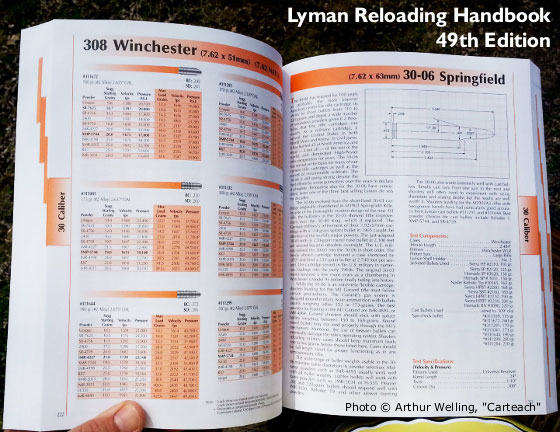Finned, Frangible Bullets Drop to Ground within 600m
Here’s an important technology for ranges concerned with over-flight risks. Regular Bulletin readers will recall that we recently warned of the dangers of bullets launched with a high trajectory. (READ Article.) With a muzzle elevation of just 5°, a conventional bullet can fly over 3000 yards, retaining enough energy to kill. General Dynamics has come up with a solution for live-fire training programs that don’t require long-range target engagements. General Dynamics’ Short Stop® ammunition launches bullets that literally drop out of the air within 600 meters. What’s the secret to the short flight? Read on…
Short Stop 5.56x45mm and 7.62x51mm Ammunition Trajectory

 This illustration shows the trajectories of 5.56 and 7.62 Short Stop bullets (yellow zone) compared to conventional rifle projectiles (black lines). You can see the “flight cycle” is completely different.
This illustration shows the trajectories of 5.56 and 7.62 Short Stop bullets (yellow zone) compared to conventional rifle projectiles (black lines). You can see the “flight cycle” is completely different.
Short Stop ammunition employs advanced polymer/copper composite bullets with molded “fins”. The bullets sort of look like the end of a Phillips screwdriver (except the fins have a slight twist near their base). This “twisted fin” design causes the bullets to yaw, and that, in turn induces aerodynamic drag — a lot of drag. The molded bullets are also much lighter than conventional bullets (of the same caliber). The reduced weight/density gives them less momentum, so they lose velocity more readily than normal bullets. The combination of the low mass and high drag makes these bullets drop from the air within 600m or so, living up to their “Short Stop” designation.
In an interview with NRABlog.com, General Dynamics Bus. Dev. Manager Ruben Regalado explained how the Short Stop ammunition works. With this design, he says, “You can do a lot of the training you would do with a ball round with no fear of overflight. It’s the fin that does it. Due to the nature of its composition [the bullet] is lighter than the standard projectile, but the magic is in the fin.”

There are many potential applications for Short Stop rounds according to NRABlog Editor Lars Dalseide: “Where do these rounds come into play? Anywhere. Anywhere there’s military training, law enforcement training, or basic target shooting taking place. And with the encroachment of communities surrounding your favorite neighborhood range, [projectiles] that drop out of the air at 600 meters means the risk of overflight is significantly reduced.” The polymer-composite bullets are also frangible, so there is less penetration of objects and less chance of ricochet.
“Smurf” Bullets for .50 Caliber AA Rifles
Bryan Litz of Applied Ballistics has seen ammo similar to Short Stops used in .50-caliber rifles for training purposes. Bryan tells us: “Similar rounds have been available for .50 cal for many years. We find [the spent bullets] on the range at Camp Grayling (a Michigan National Guard training facility where we hold 1000-yard matches). The .50 cal rounds use blunt plastic things (we call them ‘Smurf’ bullets) and they use them for practicing anti-aircraft shooting. Instructors put up an RC target drone and the Guardsmen shoot at it with the .50s using the short range ammunition.”Bryan says these “short flight” bullets have an important purpose, though the applications remain limited. “These kind of projectiles are a good tool for applications where an adequate SDZ (Surface Danger Zone) cannot be secured for the range location. I just hope the application remains confined to only those places where it’s necessary, i.e. where the SDZ presents a problem. I would hate to see our bullet options be limited to something like this under the guise of ‘range safety’, where the SDZ is properly secured.”




















